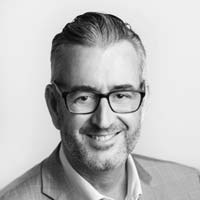Question
What is the history behind light therapy, its development as a treatment modality and how does photobiomodulation work at the cellular level?
Answer
Believe it or not, light therapy is the only treatment modality that has ever won a Nobel Prize. In 1903, specific wavelengths of light were used in boxes to treat a skin condition called lupus vulgaris successfully. This early success kicked off research into using light for therapeutic purposes. The true pioneering work began in 1967 when Endre Mester accidentally discovered that low-level laser light could stimulate hair growth in mice, rather than causing cancer as he had expected. Mester's findings opened the door to investigating light's metabolic effects on cells and tissues, ultimately leading to the development of photobiomodulation therapy as we know it today.
The primary mechanism of photobiomodulation involves light being absorbed by specific light-receptive molecules (chromophores) within cells, particularly in the mitochondria. When the chromophores in mitochondria, like cytochrome c oxidase, absorb the right wavelengths of light, it triggers a cascade of events that enhances mitochondrial function and cellular respiration. This restores the cell's ability to produce ATP, the energy currency that drives most cellular processes. By revving up the mitochondrial "powerhouses," photobiomodulation can ramp up healing processes, reduce inflammation and pain, and facilitate tissue repair.
This ask the experts is an excerpt from the course Laser Therapy: Review of Photobiomodulation and Dosing for Specific Conditions, in partnership with Enovis™ by Mark Callanen, PT, DPT OCS.
